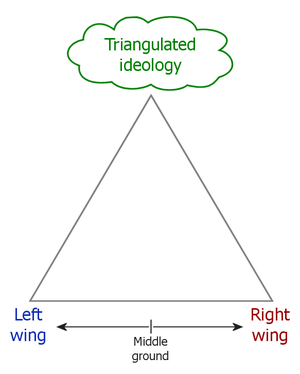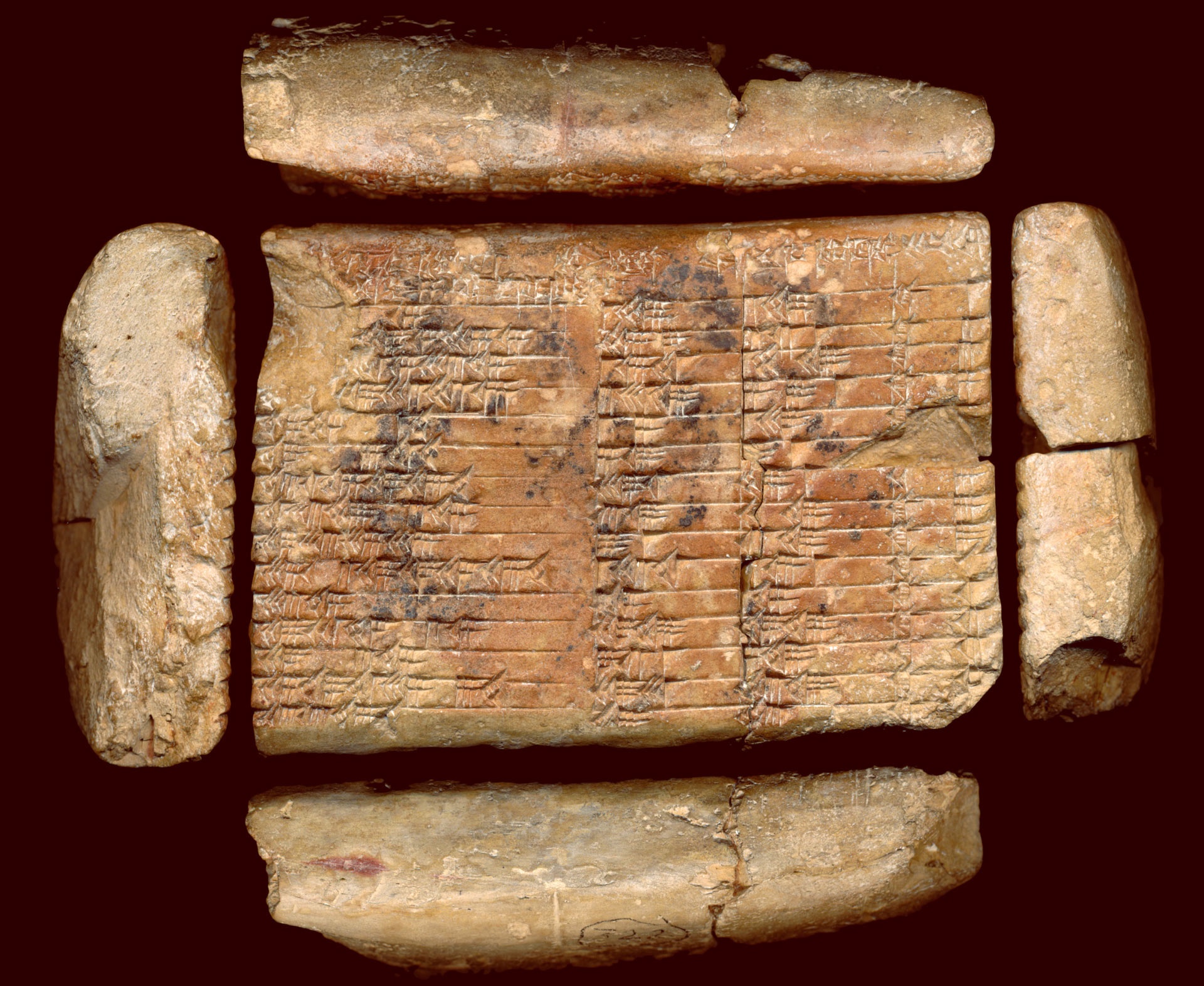
A Pythagorean triple consists of three positive integers a, b, and c, such that a2 + b2 = c2. Such a triple is commonly written (a, b, c), and a well-known example is (3, 4, 5). If (a, b, c) is a Pythagorean triple, then so is (ka, kb, kc) for any positive integer k. A primitive Pythagorean triple is one in which a, b and c are coprime (that is, they have no common divisor larger than 1). For example, (3, 4, 5) is a primitive Pythagorean triple whereas (6, 8, 10) is not. A triangle whose sides form a Pythagorean triple is called a Pythagorean triangle, and is necessarily a right triangle.
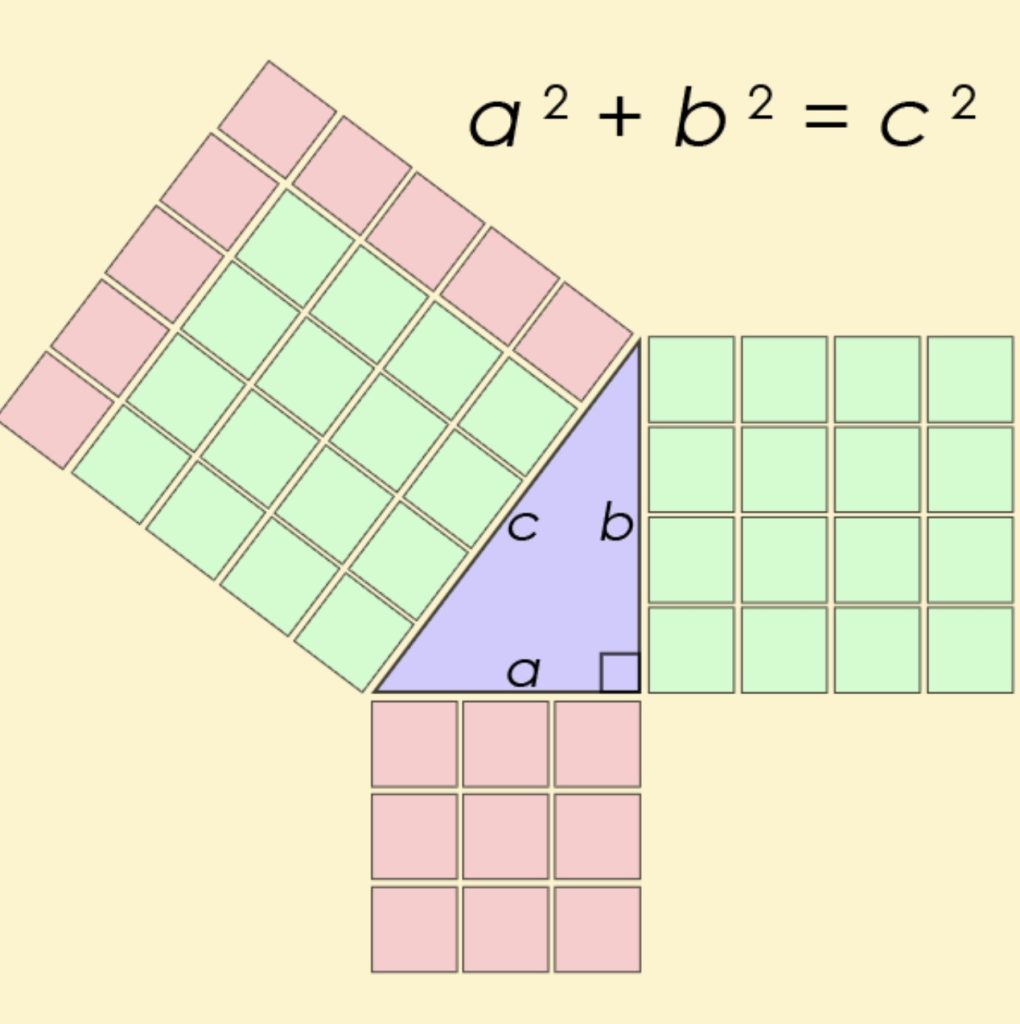
The name is derived from the Pythagorean theorem, stating that every right triangle has side lengths satisfying the formula a2 + b2 = c2; thus, Pythagorean triples describe the three integer side lengths of a right triangle. However, right triangles with non-integer sides do not form Pythagorean triples. For instance, the triangle with sides a=b=1 and c=2 is a right triangle, but (1,1,2) is not a Pythagorean triple because 2 is not an integer. Moreover, 1and 2 do not have an integer common multiple because 2 is irrational.
Pythagorean triples have been known since ancient times. The oldest known record comes from Plimpton 322, a Babylonian clay tablet from about 1800 BC, written in a sexagesimal number system. It was discovered by Edgar James Banks shortly after 1900, and sold to George Arthur Plimpton in 1922, for $10.
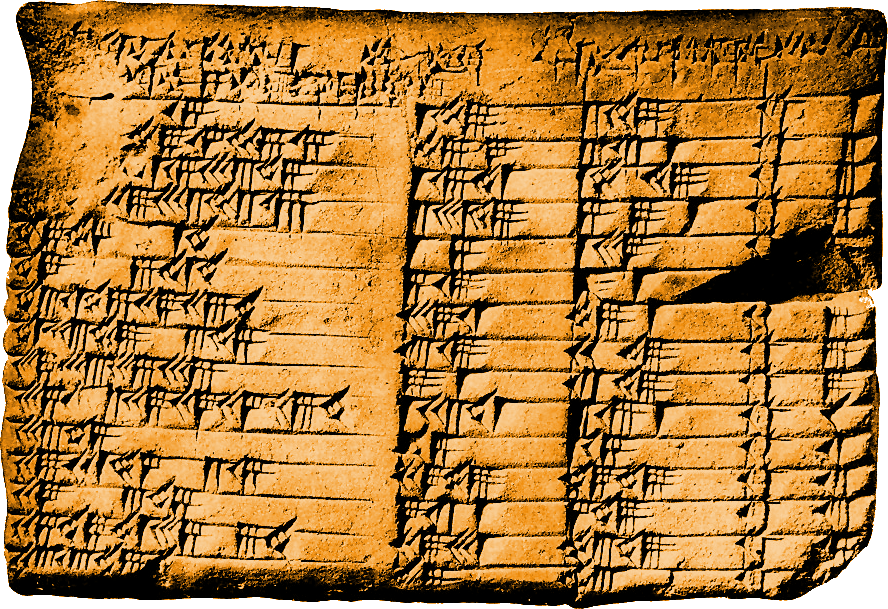
One example of a Pythagorean triple is a=3, b=4, and c=5: Ancient Egyptians used this group of Pythagorean triples to measure out right angles. They would tie knots in a piece of rope to create 3, 4, and 5 equal spaces. Three people would then hold each corner of the rope and form a right triangle!
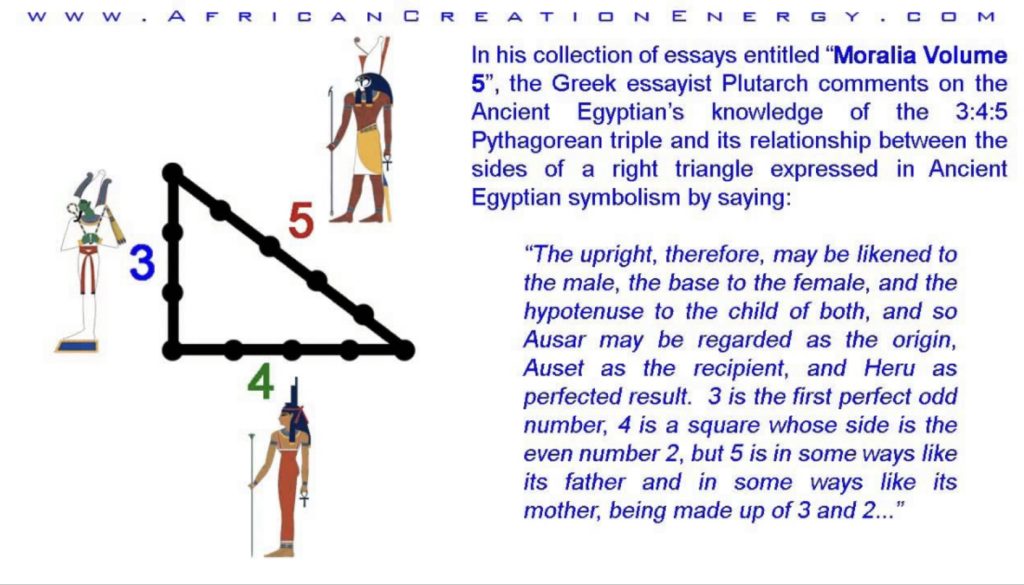
right triangles during the construction process to help determine the slope of the pyramid. The Pythagorean Theorem states that given a right triangle with sides of length a and b respectively and a hypothenuse of length c, the lengths satisfy the equation a2 + b2 = c2.

When searching for integer solutions, the equation a2 + b2 = c2 is a Diophantine equation. Thus Pythagorean triples are among the oldest known solutions of a nonlinear Diophantine equation. The simplest linear Diophantine equation takes the form ax + by = c, where a, b and c are given integers. The solutions are described by the following theorem: This Diophantine equation has a solution (where x and y are integers) if and only if c is a multiple of the greatest common divisor of a and b.


